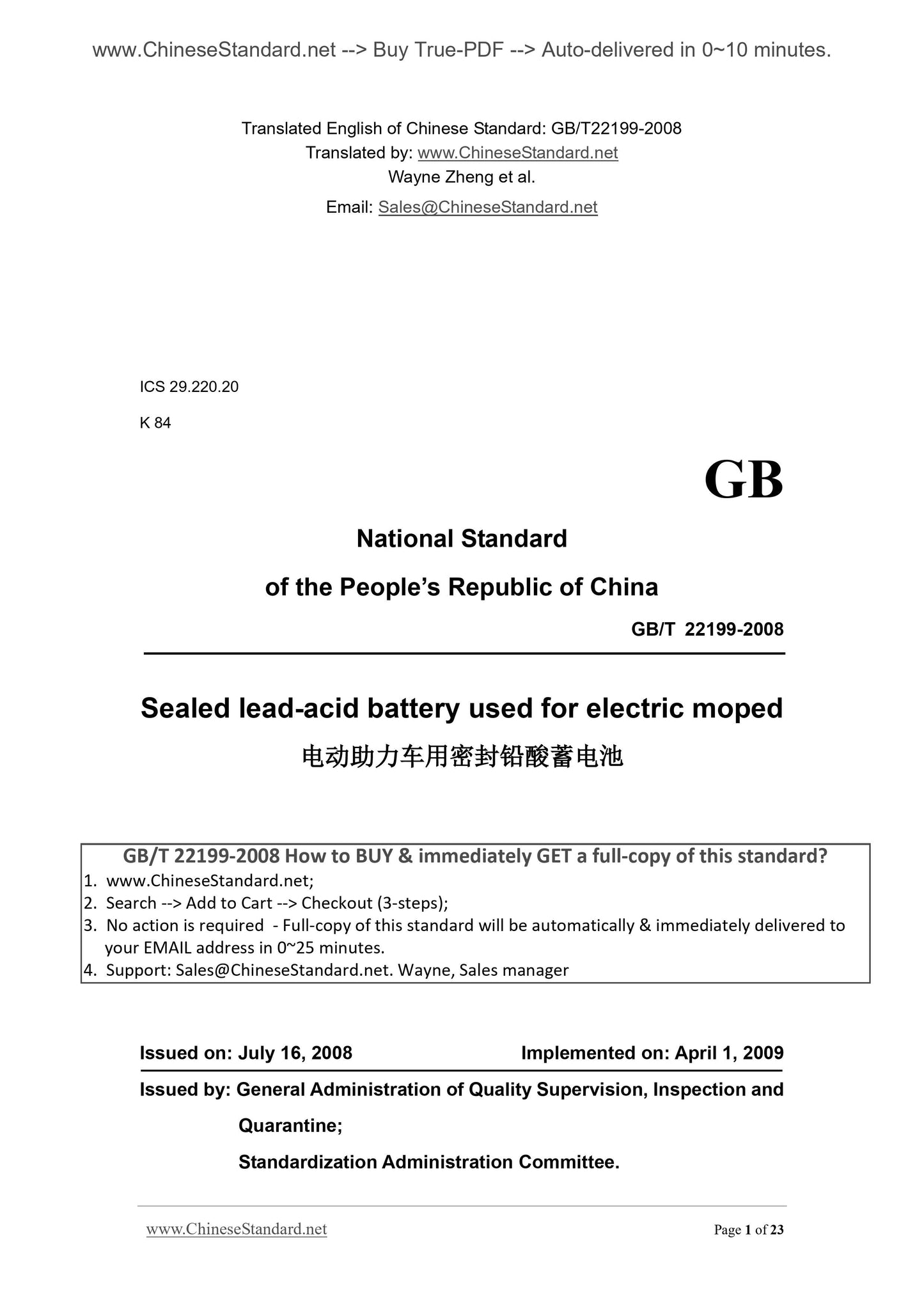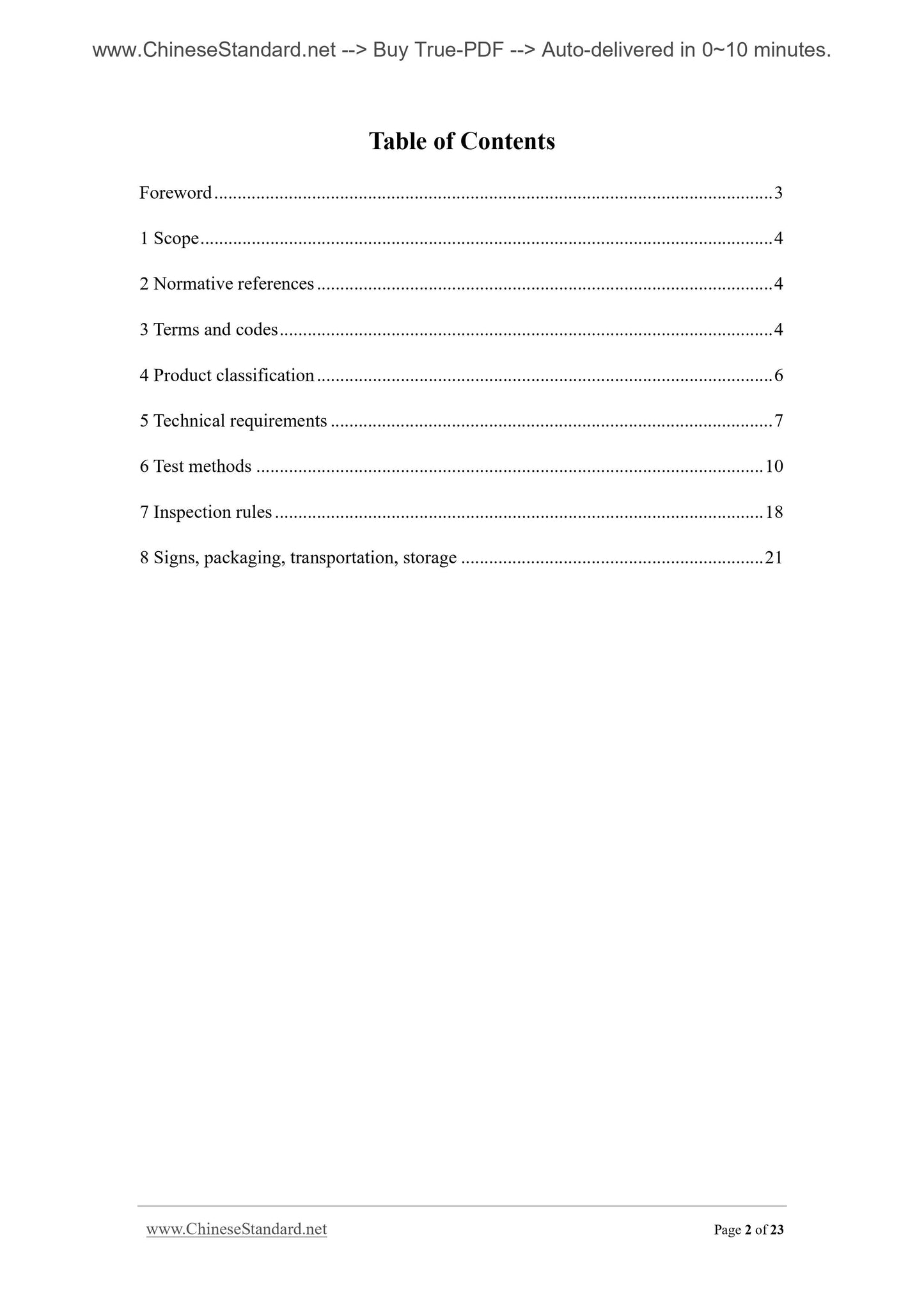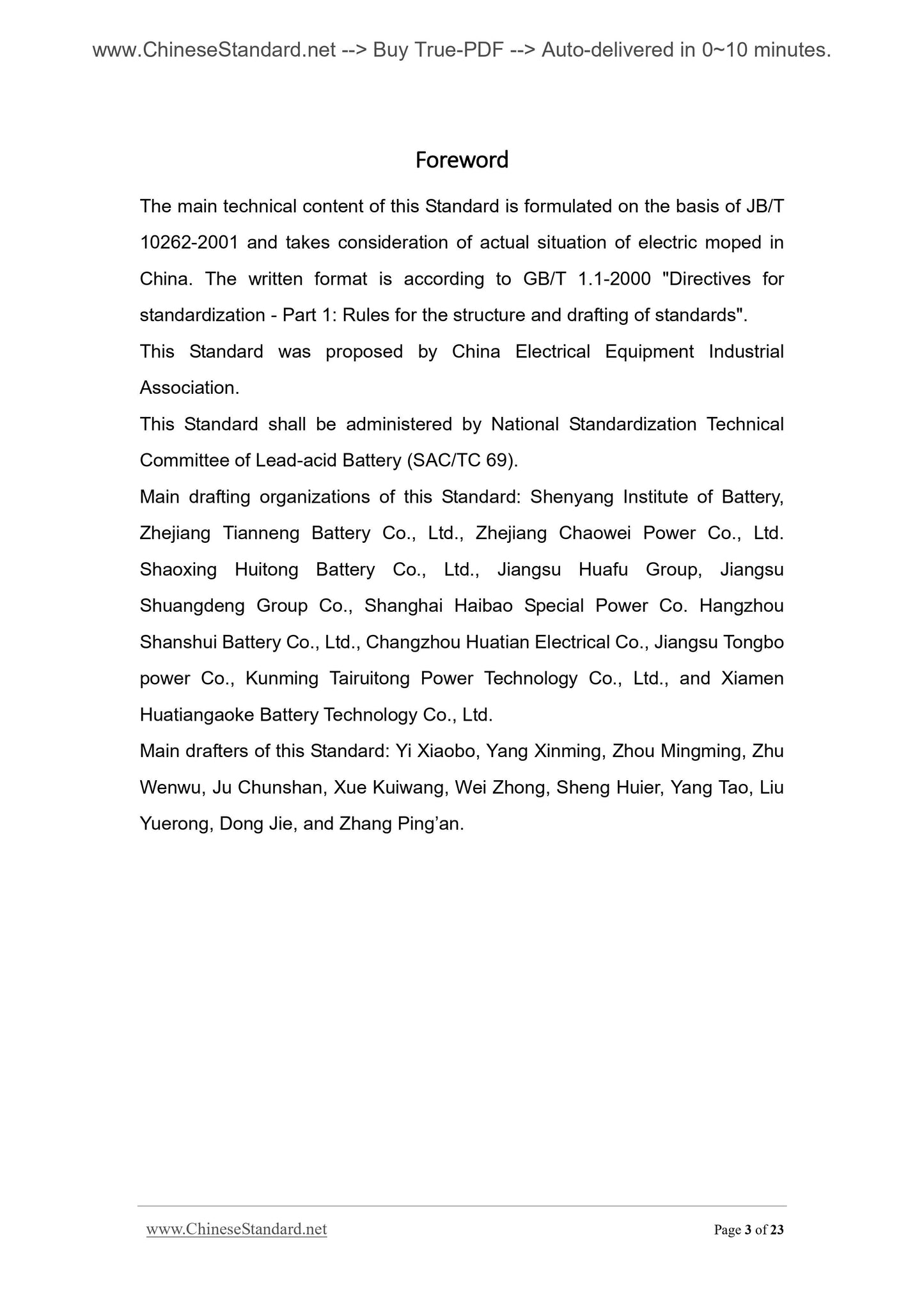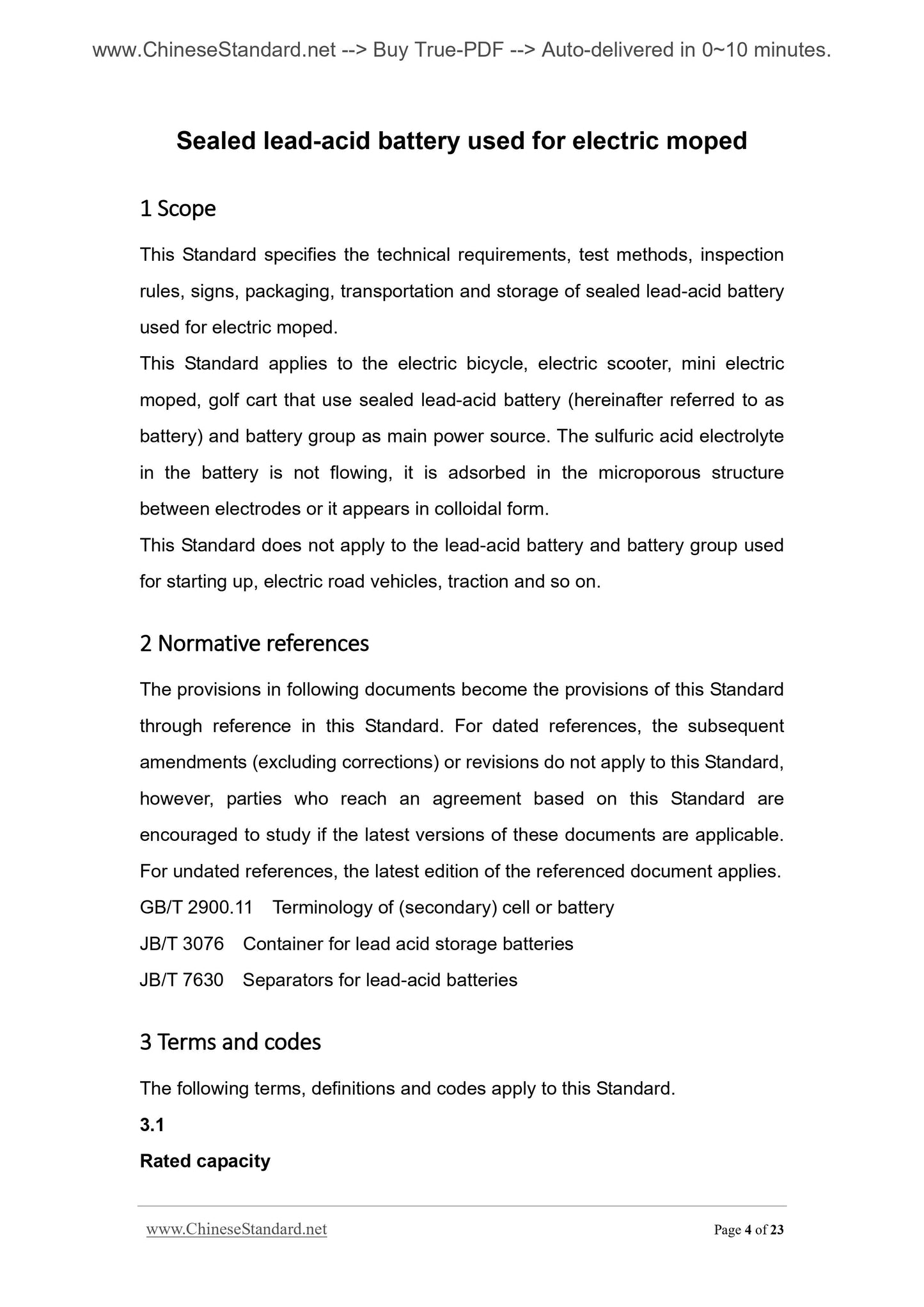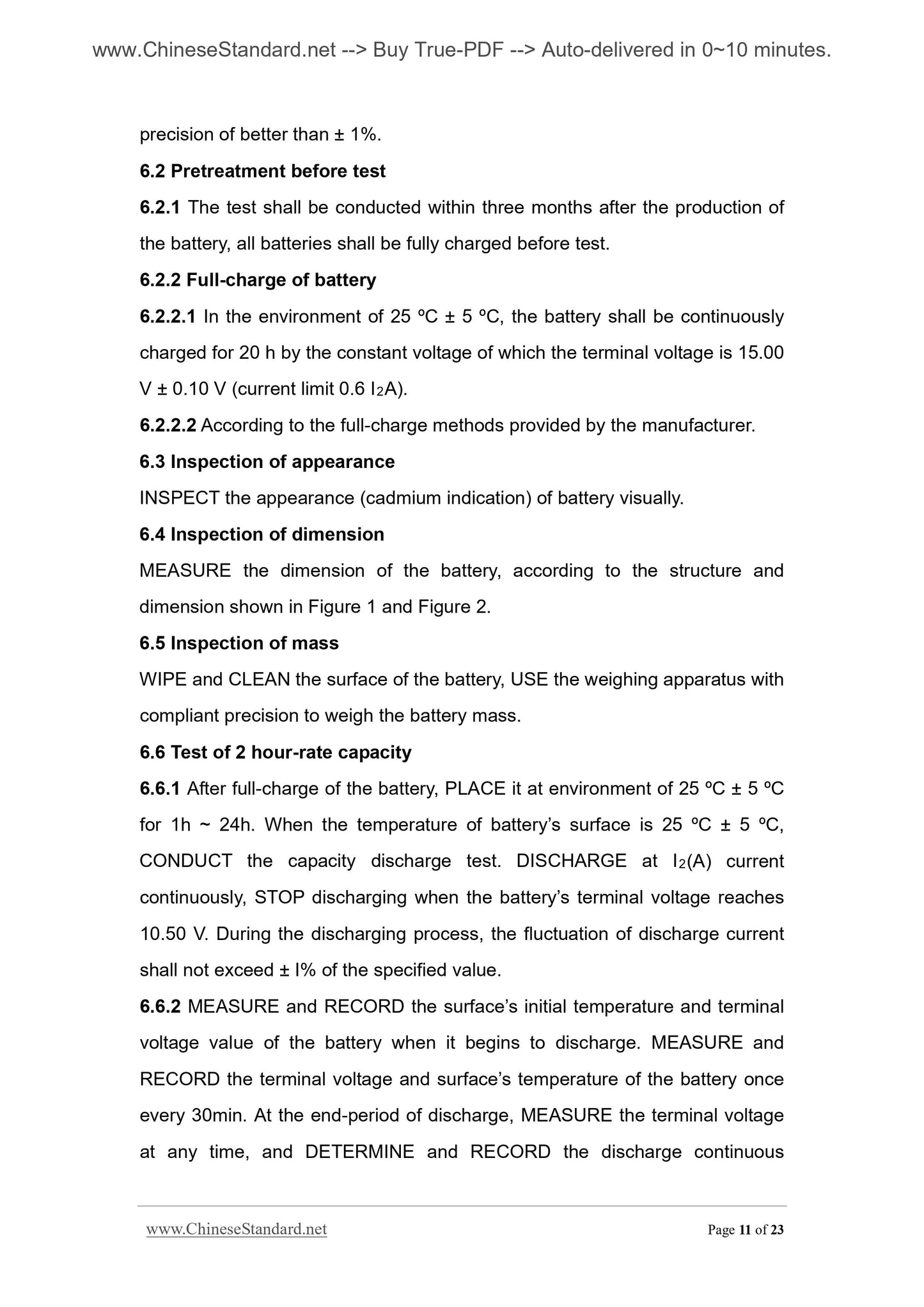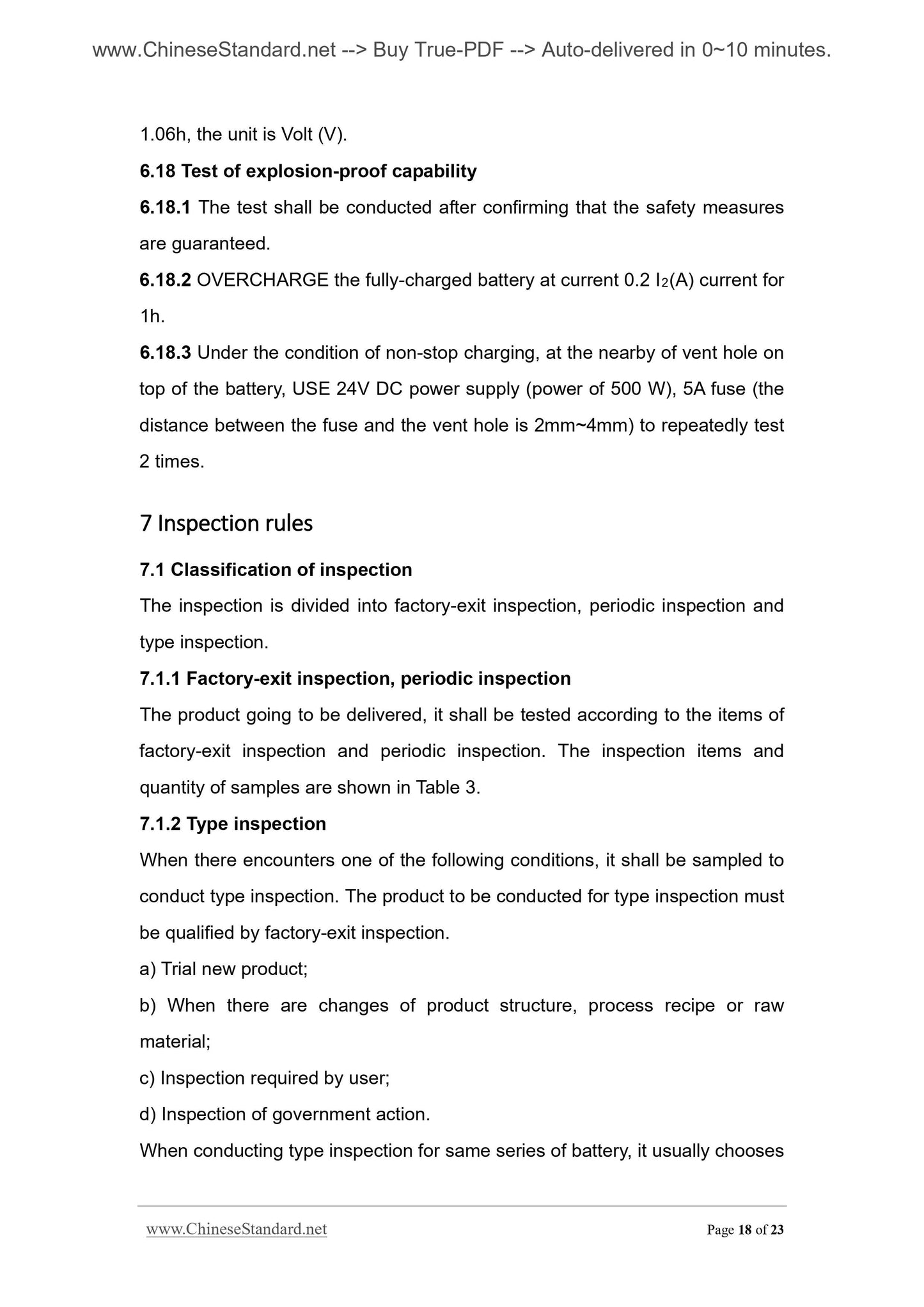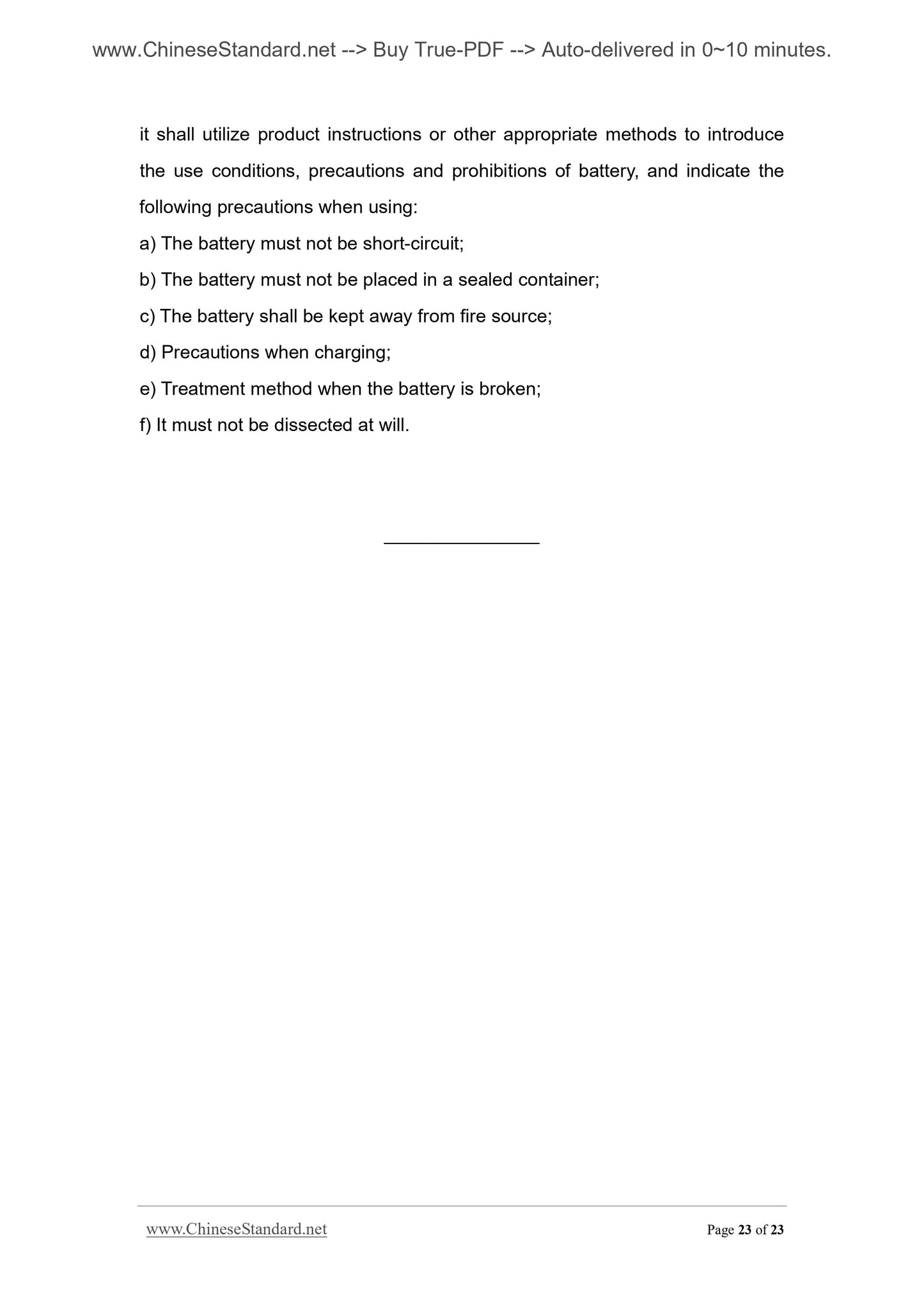1
/
of
7
www.ChineseStandard.us -- Field Test Asia Pte. Ltd.
GB/T 22199-2008 English PDF (GB/T22199-2008)
GB/T 22199-2008 English PDF (GB/T22199-2008)
Regular price
$150.00
Regular price
Sale price
$150.00
Unit price
/
per
Shipping calculated at checkout.
Couldn't load pickup availability
GB/T 22199-2008: Sealed lead-acid battery used for moped
Delivery: 9 seconds. Download (and Email) true-PDF + Invoice.Get Quotation: Click GB/T 22199-2008 (Self-service in 1-minute)
Newer / historical versions: GB/T 22199-2008
Preview True-PDF
Scope
This Standard specifies the technical requirements, test methods, inspectionrules, signs, packaging, transportation and storage of sealed lead-acid battery
used for electric moped.
This Standard applies to the electric bicycle, electric scooter, mini electric
moped, golf cart that use sealed lead-acid battery (hereinafter referred to as
battery) and battery group as main power source. The sulfuric acid electrolyte
in the battery is not flowing, it is adsorbed in the microporous structure
between electrodes or it appears in colloidal form.
This Standard does not apply to the lead-acid battery and battery group used
for starting up, electric road vehicles, traction and so on.
Basic Data
| Standard ID | GB/T 22199-2008 (GB/T22199-2008) |
| Description (Translated English) | Sealed lead-acid battery used for moped |
| Sector / Industry | National Standard (Recommended) |
| Classification of Chinese Standard | K84 |
| Classification of International Standard | 29.220.20 |
| Word Count Estimation | 13,190 |
| Date of Issue | 2008-07-16 |
| Date of Implementation | 2009-04-01 |
| Quoted Standard | GB/T 2900.11; JB/T 3076; JB/T 7630 |
| Regulation (derived from) | Announcement of Newly Approved National Standards No. 12 of 2008 (No. 125 overall) |
| Issuing agency(ies) | General Administration of Quality Supervision, Inspection and Quarantine of the People's Republic of China, Standardization Administration of the People's Republic of China |
| Summary | This standard specifies the sealed lead acid batteries for electric bikes technical requirements, test methods, inspection rules, marking, packaging, transport and storage. This standard applies to the battery as the main power source of bicycles, electric scooters, mini electric bikes, golf carts and other use of sealed lead-acid cells and batteries. The sulfuric acid electrolyte in the battery is not flowing, the adsorption pore structure between the electrodes or in the form of colloid. This standard does not apply to starter, electric road vehicles, traction batteries and other lead-acid batteries. |
Share
